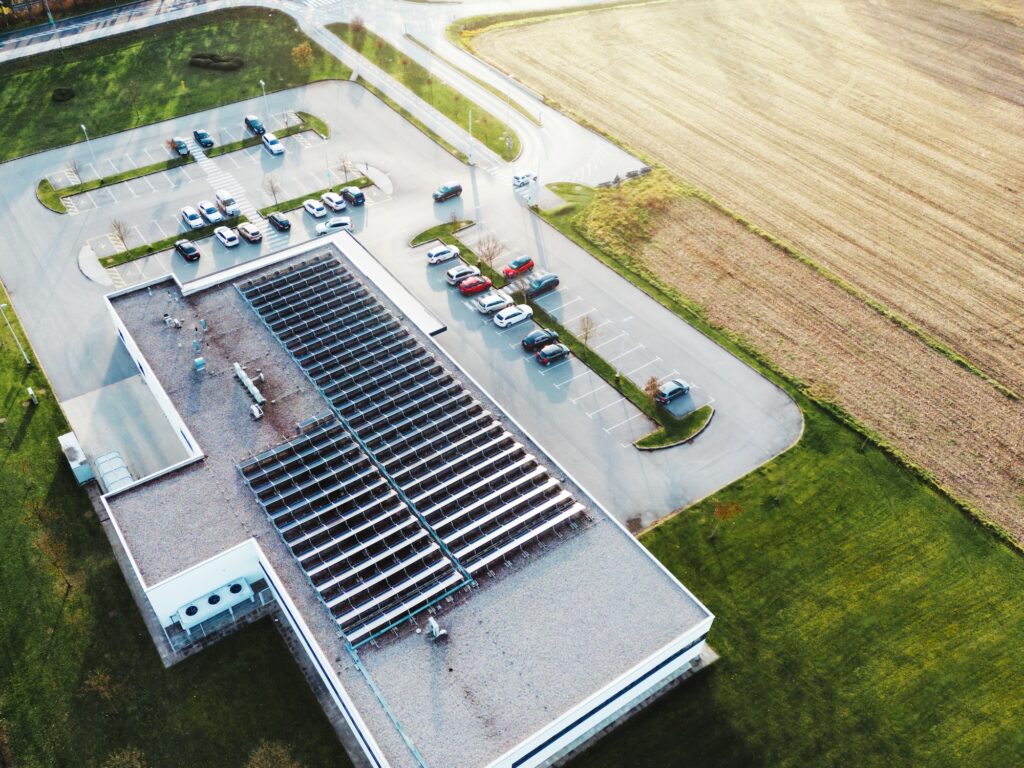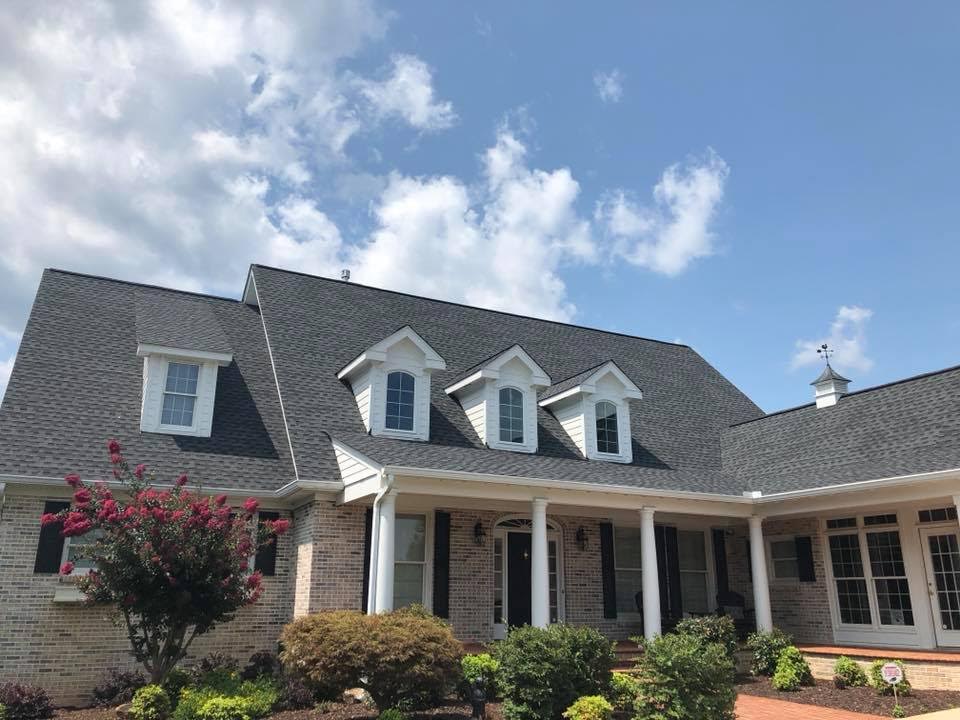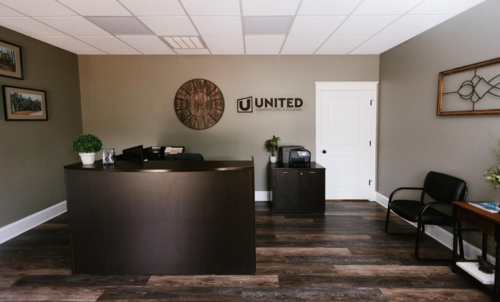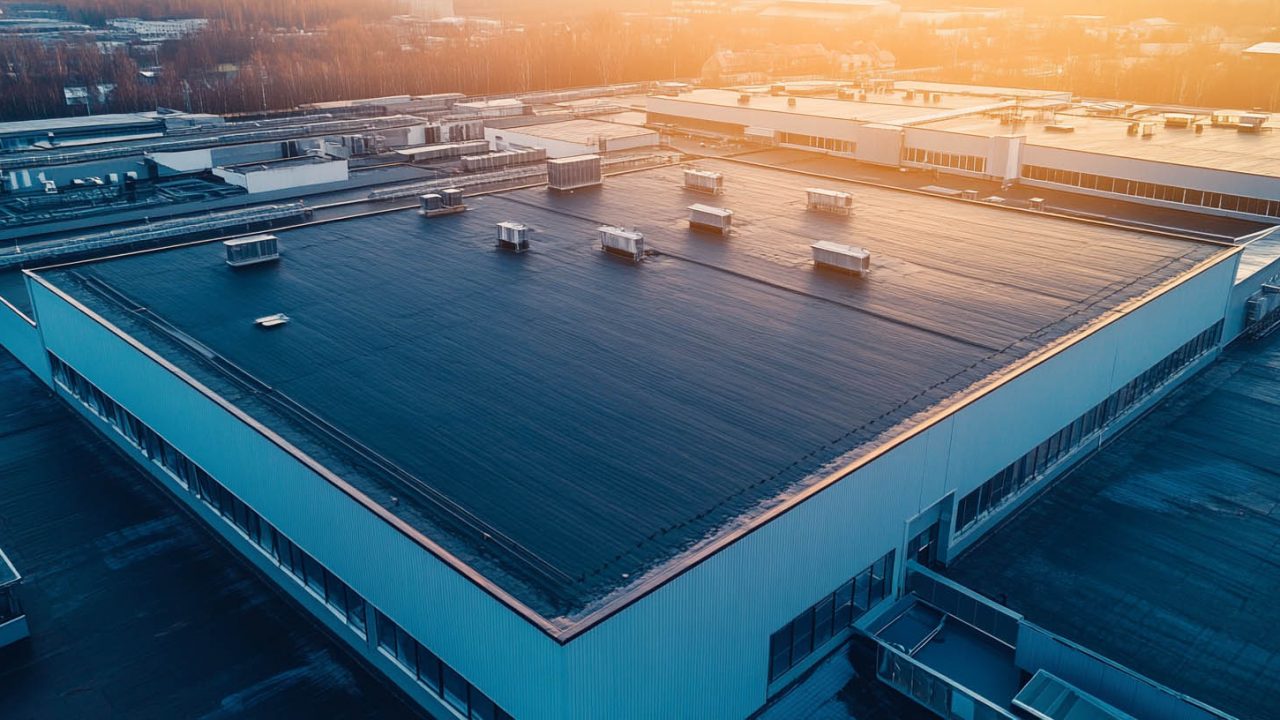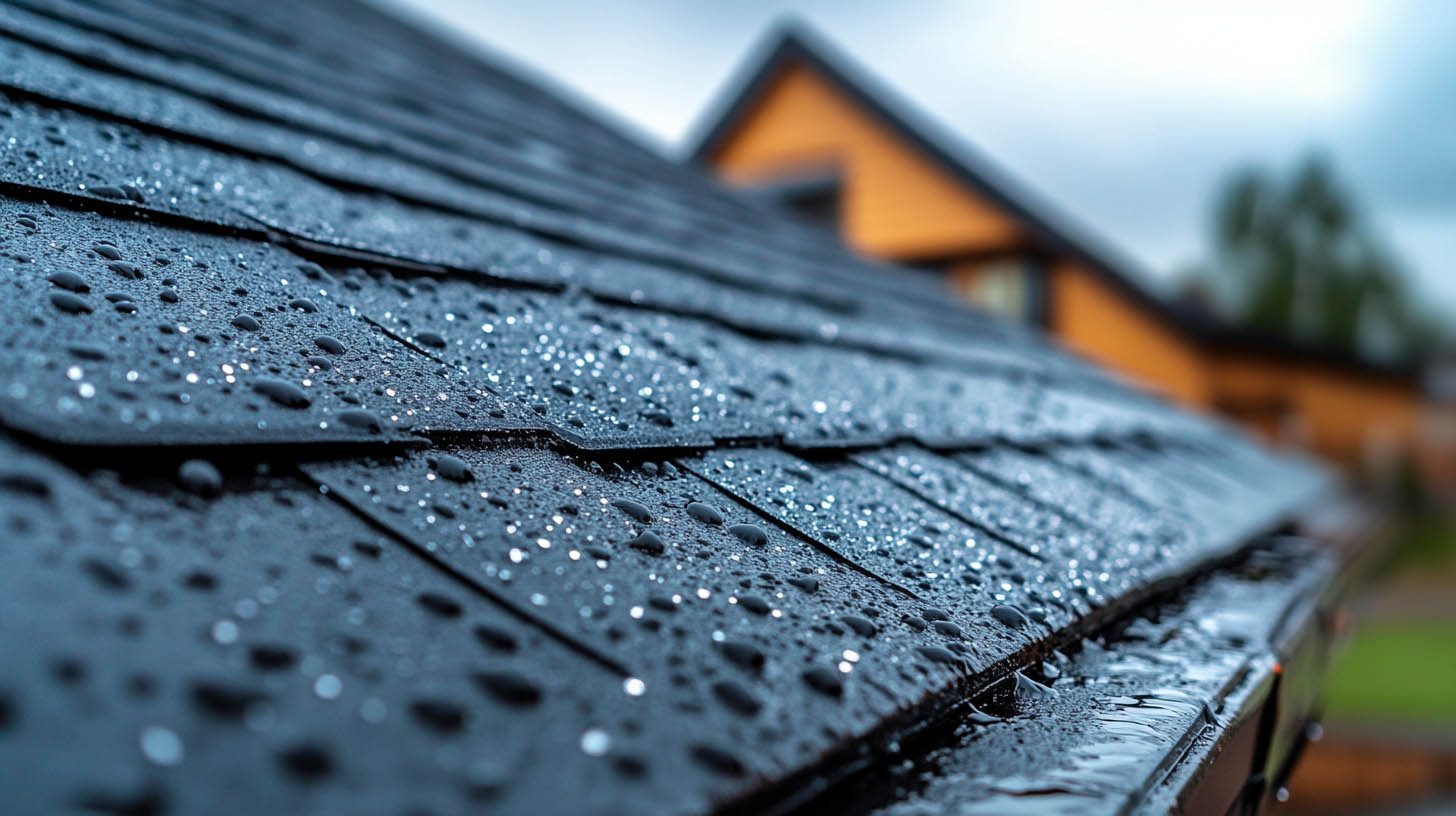Commercial and industrial roofing systems share similarities, such as being flat and covering large areas. However, there are critical differences in their environments, materials, and maintenance requirements. At United Contracting & Roofing LLC, we understand these distinctions and provide tailored roofing solutions for both sectors.
Industrial Roofing: More Challenging Environments
Environmental Challenges
Industrial buildings often have more challenging environments than commercial properties. These can include:
- High Temperatures: Industrial environments can be extremely hot, necessitating roofing materials that can withstand prolonged exposure to high temperatures without degrading.
- Chemical Exposure: Industrial roofs may encounter corrosive agents and chemicals, requiring materials that are resistant to corrosion and chemical damage to maintain structural integrity and safety.
- Oil Handling: Food manufacturing and other industries may deal with oils, which can impact roofing materials. Special coatings or resistant materials are often needed to protect the roof from oil-related deterioration.
Addressing these challenges with appropriate materials and regular maintenance ensures the longevity and durability of the roofing system in harsh industrial conditions.
Material Requirements
Due to these harsh conditions, industrial roofing materials must be robust and resilient. Common materials include:
- Single-Ply Membranes: TPO, PVC
- Asphalt-Based Options: Modified bitumen, EPDM
These materials are chosen for their durability and ability to withstand industrial conditions.
Commercial Roofing: Can Include Traditional Materials
Versatility in Materials
Commercial roofs can use a wider range of materials, including:
- Asphalt Shingles: Similar to residential roofing.
- Metal Roofing: Durable and aesthetically pleasing.
Commercial buildings often have environments that are less harsh than industrial settings, allowing for more versatile material choices.
Industrial Roofing: Extensive Roofing Systems
Large-Scale Coverage
Industrial buildings typically cover large areas (20,000 square feet or more), requiring extensive roofing systems. This necessitates:
- Regular Inspections: To identify and repair damage promptly, preventing minor issues from becoming major problems and ensuring the longevity and integrity of the roof.
- Longer Installation Times: Due to the size and complexity of the roofing system, installations take more time and planning to complete properly.
- Higher Costs: Installation and repairs are more expensive because of the larger area, the need for more materials, and the increased labor required to manage such extensive projects.
Ensuring regular maintenance and timely repairs can help mitigate these costs over time and keep the roofing system in optimal condition.
Maintenance
Maintaining these large roofing systems is crucial. Regular inspections and timely repairs prevent minor issues from becoming major problems.
Commercial Roofing: May Be Connected to Other Roofs
Interconnected Structures
Commercial properties, such as strip malls or office buildings, may be connected to other structures. This impacts:
- Drainage Systems: More sophisticated drainage solutions may be needed to manage water runoff from interconnected roofs.
Design Considerations
Proper drainage and seamless integration with neighboring buildings are essential for effective commercial roofing systems.
Do You Have a Commercial or Industrial Roof?
Both commercial and industrial roofs require professional installation and maintenance to ensure optimal performance and longevity. For expert roofing solutions tailored to your specific needs, contact United Contracting & Roofing LLC today.
Conclusion
Understanding the key differences between commercial and industrial roofing is essential for selecting the right materials and maintenance strategies. At United Contracting & Roofing LLC, we offer specialized services to meet the unique needs of both commercial and industrial properties. Contact us for a consultation and discover how we can help protect your investment.For more insights on Core Competencies of Facility Management, click here.

